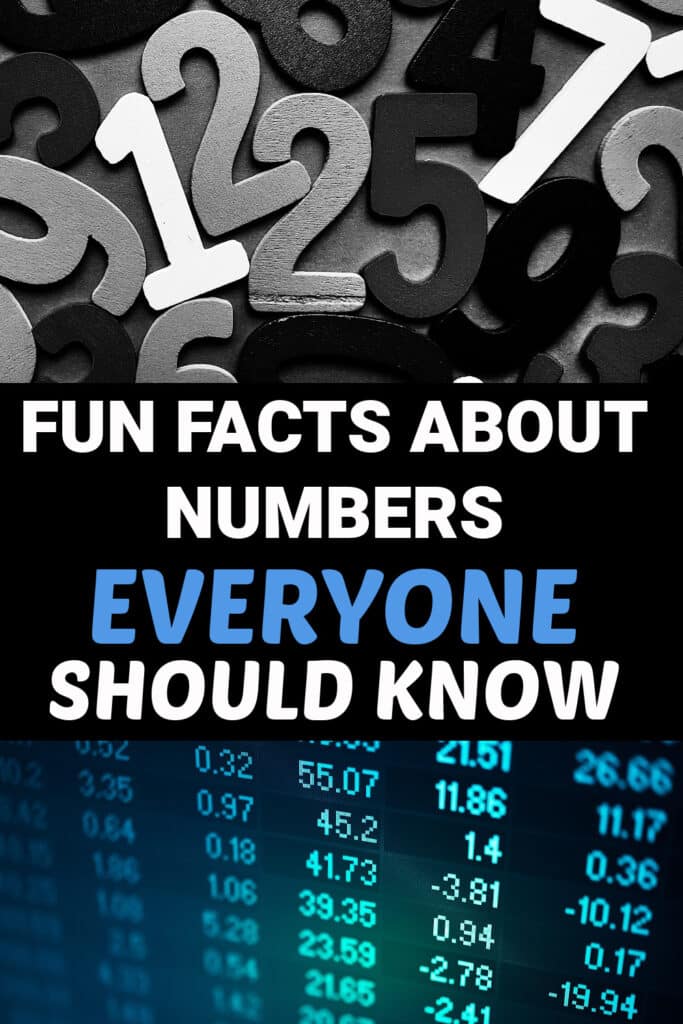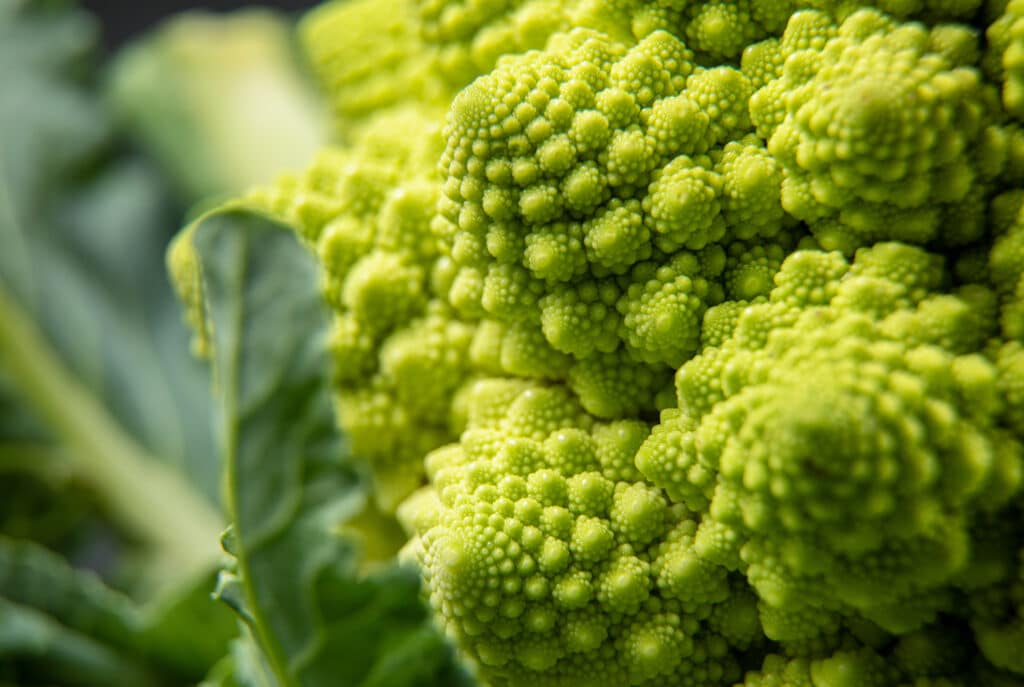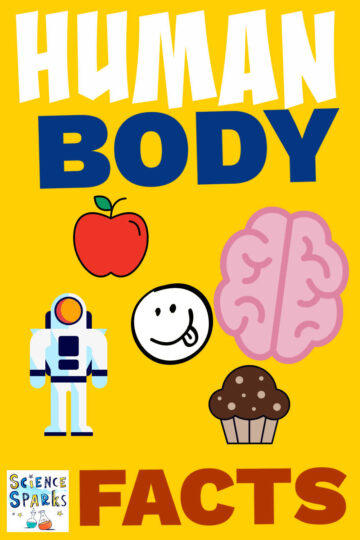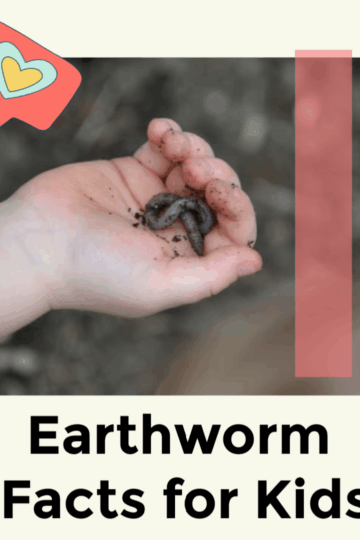Numbers are everywhere. Your age, house number, date of birth, phone number, the time. We use numbers daily without thinking about it. If you do stop to think, numbers and maths are pretty incredible!

2 is the only even prime number! This is because all other even numbers are divisible by 2.
Numbers on the opposite side of a dice always equal 7.
An integer is a positive or negative whole number.
There's no Roman numeral for zero.
A dozen is 12.
A baker's dozen is 13!
A score is 20.
Did you know that the British and Americans have different systems for naming numbers over 1 million?
The number four is the only number with the same number of letters as its value!
In the word forty, the letters are arranged in alphabetical order.
Between 0 and 1000, the only number with an 'a' in it is one thousand.
All odd numbers contain an 'e'.
How many days are there in a year?
Each year has 365 days unless it's a leap year when there are 366.
What number is pi?
To two decimal places, pi is 3.14.
What is a googol?
A googol is 1 followed by 100 zeros or 10100
What is a Googolplex?
A googolplex is 1 followed by a googol of zeros or 10googol
What is a jiffy?
A jiffy is 1/100th of a second!
What comes after a trillion?
A quadrillion comes after a trillion, followed by:
Quintillion 1018
Sextillion 1021
Septillion 1024
Octillion 1027
Nonillion 1030
Decillion 1033
Undecillion 1036
Duodecillion 1039
What is an imaginary number?
An imaginary number is a number that, when squared, has a negative result.
What is the Fibonacci sequence?
The Fibonacci sequence is a series of numbers where each number is the sum of the two numbers that came before.
For example:
0, 1, 1, 2, 3, 5, 8, 13, 21, 34
Finding maths in nature
Fibonacci numbers are commonly seen in nature. The Romanesco Brocolli has flowers that form repeating perfect spiral patterns called fractals. Each bus is made up of smaller buds also arranged in spirals. The number of spirals is a Fibonacci number.
Fibonacci numbers are also seen in pinecones, petals, seed heads, shells and even spiral galaxies!

Last Updated on February 8, 2024 by Emma Vanstone




Leave a Reply